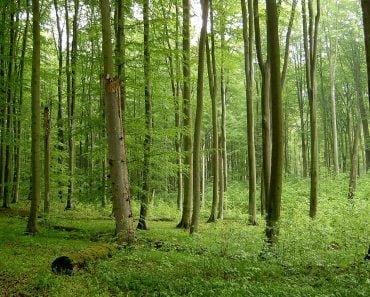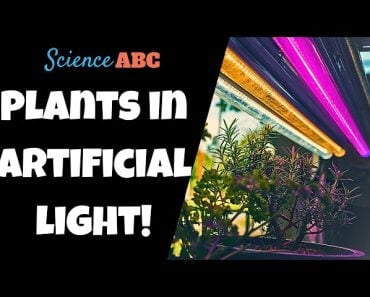Table of Contents (click to expand)
Autotrophs are organisms that use inorganic chemicals to produce their own food. The term “autotroph” was first coined by a botanist, Albert Bernhard Frank, in 1892. The term “autotroph” is a combination of two Greek words: “auto” meaning “self” and “troph” meaning “food”. Thus, in short, an autotroph is an organism that feeds itself without needing to depend on other organisms.
Autotrophs are organisms that use inorganic chemicals to produce their own food. The term “autotroph” was first coined by a botanist, Albert Bernhard Frank, in 1892. The term “autotroph” is a combination of two Greek words: “auto” meaning “self” and “troph” meaning “food”. Thus, in short, an autotroph is an organism that feeds itself without needing to depend on other organisms.

Recommended Video for you:
Importance Of Autotrophs
Our very existence is owed to autotrophs. In fact, not just us, but all other life forms have derived from the critical work of autotrophs. This is because autotrophs create sugars from carbon dioxide gas and other chemical compounds through the process of photosynthesis. For instance, no herbivorous animals could exist, and no carnivorous animals that eat herbivores could therefore survive.
Autotrophs are often called producers, and they make up the main supporting base of the food chain in every ecosystem, providing the fuel that all living organisms need to exist.
It is likely that the very first form of life on Earth was an autotroph. In order to exist, it would have needed to make its own energy, as there would be no other biological options to harness energy.
Heterotrophs—organisms that cannot make their own food by capturing light or chemical energy—logically evolved from autotrophs. Some experts feel that the ubiquity of heterotrophs is due to the fact that living organisms have found that it is easier to simply eat an autotroph to derive energy for biological processes in order to survive and prosper.
Types Of Autotrophs
Depending upon how they procure energy, autotrophs are classified into two types: photoautotrophs and chemoautotrophs.
Photoautotrophs
Organisms that derive energy from the sunlight to make organic compounds are called photoautotrophs. Almost all plants, green algae, and some photosynthetic bacteria are photoautotrophs.
Photoautotrophs make their food through the process of photosynthesis. Photosynthesis is derived from a Greek word, with “photo” meaning “light” and “synthesis” meaning “to make.” By capturing photons from the sunlight, photoautotrophs harvest their energy. Through photosynthesis, they perform their biochemical processes, which include the production of ATP (adenosine triphosphate).

Most terrestrial photoautotrophs take carbon present in the atmosphere and process it to generate sugars and other molecules as a way to store the Sun’s energy in their molecular bonds. For this, CO2 created by various non-living geological processes are also taken in by photoautotrophs. While processing this CO2, they release molecules of O2–also known as the oxygen we need to breathe!
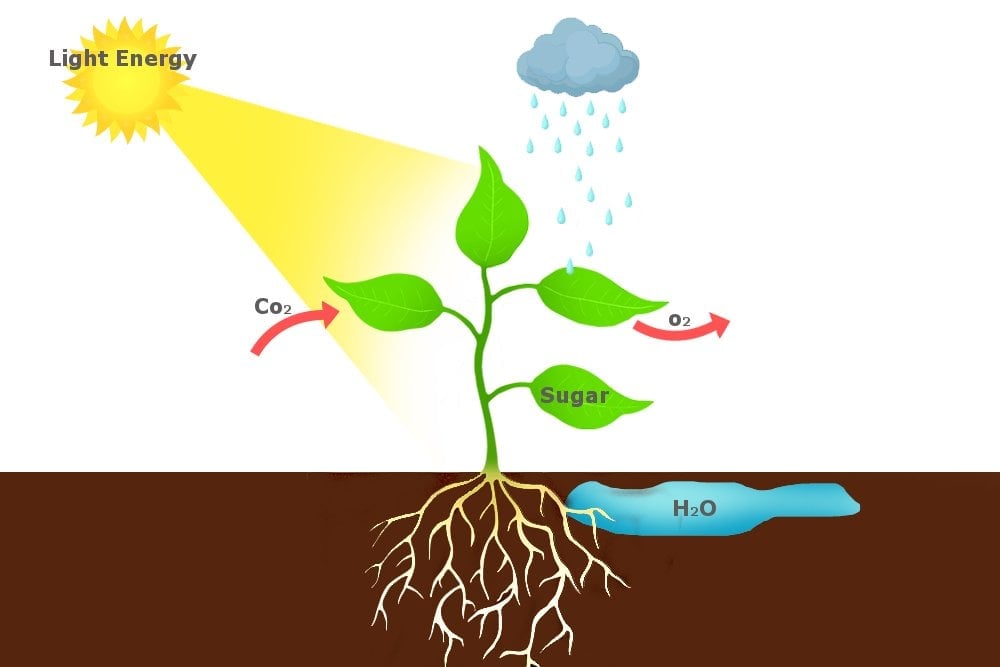
Evolutionary scientists posit that this free oxygen was not available in Earth’s atmosphere until after photoautotrophs became common in Earth’s seas. After coming into existence, autotrophs produced so much free oxygen that large quantities of iron that had been previously dissolved in ocean water reacted with this oxygen and converted to rust! This is how banded iron formations occurred, which archaeologists often point to as confirmation of the record of our Earth’s history. Thanks to this abundant release of oxygen by autotrophs, large animals—including us—are able to perform aerobic respiration to survive.
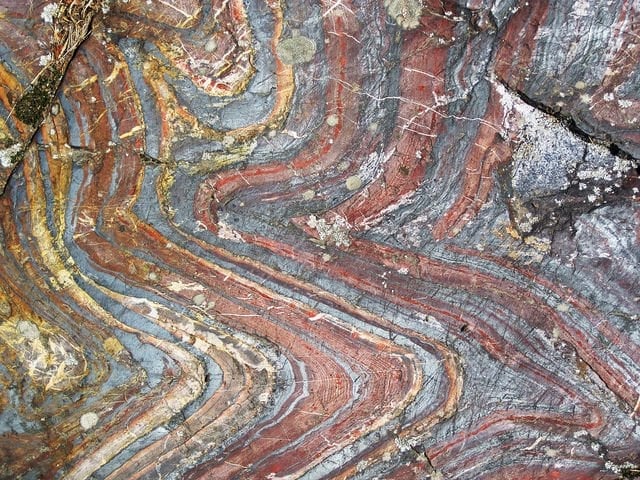
Many evolutionary scientists reckon that some of the oxygen produced by photoautotrophs created the Earth’s ozone layer. This ozone layer made it possible for these life forms to move from the sea to dry land without the fear of damaging the DNA upon exposure to the Sun’s ultraviolet (UV) rays.
Chemoautotrophs
The second category of autotrophs includes organisms that procure energy from inorganic chemicals without needing sunlight. These organisms are called chemoautotrophs, and are usually found in deep water environments that receive absolutely no sunlight. Many chemoautotrophs dwell in deep sea volcanic vents, which is ideal for producing heat to foster a metabolism at a faster rate.
These autotrophs use volatile chemicals, such as hydrogen sulfide, ferrous iron, elemental sulfur, ammonia etc. for the procurement of energy. The aforementioned chemicals would be toxic for us and other animals, but are ideally suited for chemoautotrophs and help them to survive without sunlight. Chemoautotrophs are generally bacteria, or more specifically, archaebacteria—a single-celled organism. Many scientists argue that it is the rapid rate of metabolism that restricts chemoautotrophs to being unicellular.
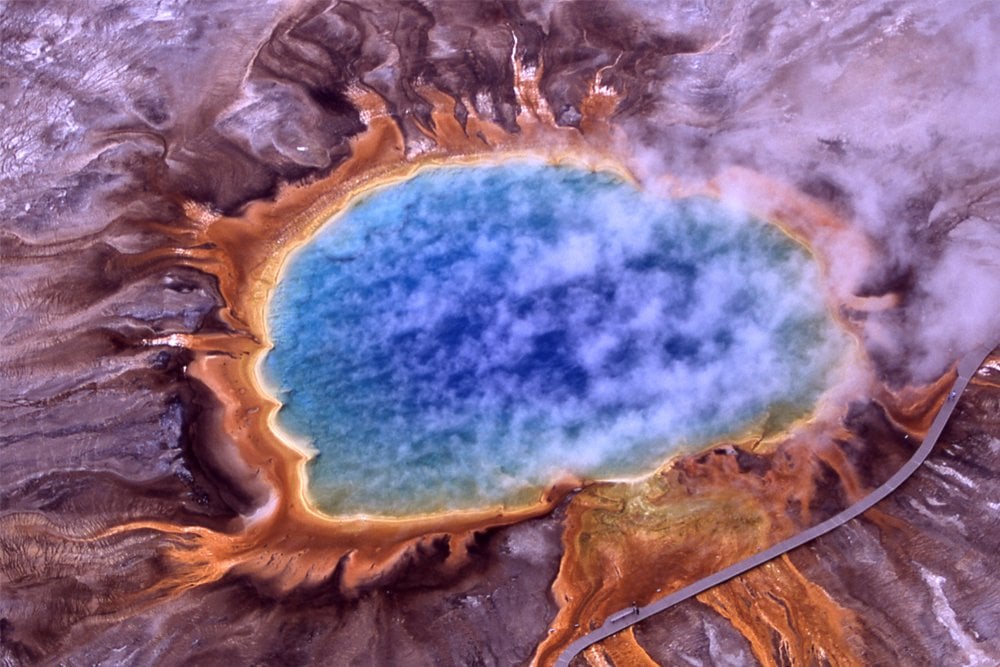
Some astrobiologists speculate that life might be present on Jupiter’s moon (Titan) because it is dark and abundant with volatile chemicals that chemoautotrophs on Earth harness for meeting their energy requirements. As of writing this, scientists have found no proof of such life existing on Titan. However, considering the range of metabolic options offered by chemosynthesis, it is likely that we might someday discover extraterrestrial creatures residing in our universe that are also chemoautotrophic in nature.
Who Came First: Photoautotrophs Or Chemoautotrophs?
It is still not well-established whether photoautotrophs or chemoautotrophs were the first forms of life on Earth. Many experts believe that the first single-celled life forms were photosynthetic. Their logic for this belief is that the Sun’s light shines on the entire surface of Earth, so it would have been easier for photoautotrophs to derive their energy using direct sunlight. That being said, some scientists don’t buy this idea, as they believe that volcanic sites in the deep waters of seas and oceans would have supplied much more ‘concentrated’ energy through the presence of abundant volatile chemicals—paving way for the creation of the first form of single-celled life.
Now, due to their biochemical nature, single-celled organisms do not fossilize well. That’s why we may never know for sure if chemoautotrophs were indeed the first form of life on Earth!
References (click to expand)
- Srinivasan, V., Morowitz, H. J., & Huber, H. (2011, September 30). What is an autotroph?. Archives of Microbiology. Springer Science and Business Media LLC.
- García-Carreras, B., Sal, S., Padfield, D., Kontopoulos, D.-G., Bestion, E., Schaum, C.-E., … Pawar, S. (2018, July 18). Role of carbon allocation efficiency in the temperature dependence of autotroph growth rates. Proceedings of the National Academy of Sciences. Proceedings of the National Academy of Sciences.
- Cosmic Evolution - Site Summary - Harvard CfA.


